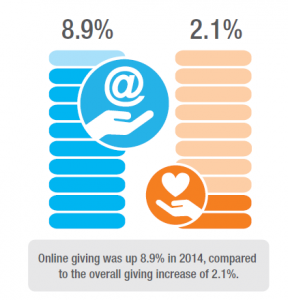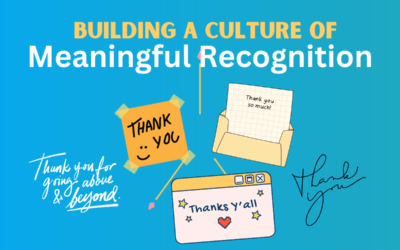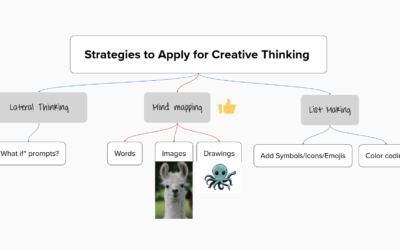 Comparison data alone won’t help a nonprofit understand whether its level of individual contributions can be substantially improved, but every data point helps in a community starved to know whether there’s something else that can be done to persuade a couple more pennies in gifts. Blackbaud has released the 2014 Charitable Giving Report, and while the data raises some questions, it is certainly a welcome addition to understanding a section of the field.
Comparison data alone won’t help a nonprofit understand whether its level of individual contributions can be substantially improved, but every data point helps in a community starved to know whether there’s something else that can be done to persuade a couple more pennies in gifts. Blackbaud has released the 2014 Charitable Giving Report, and while the data raises some questions, it is certainly a welcome addition to understanding a section of the field.
The Blackbaud data encompasses over $16 billion in U.S.-based giving in 2014, a great sample size. It is, of course, not a scientific sampling of the over $335 billion of charitable giving in 2013. The data sampled (while never specifically detailed in the report) is presumably from Blackbaud clients using a variety of Blackbaud products, which are designed to encourage digital giving. Despite these limitations, the report is very useful because it suggests what can happen when charities start asking for money in new ways.
The Blackbaud report shows significant increases in digital philanthropy, especially compared to traditional donation methods such as postal mail. Those other areas grew, but at slower rate. Total increases in philanthropic giving rose 2.1 percent in 2014 (against total growth in the economy of 2.4 percent). Online giving increased a total of 8.9 percent from the previous year. Where online giving is still only 6.7 percent of the total giving measured in this report, the total growth rate is buoyed by this giving, meaning that without growth in online giving, total giving to nonprofits would have an even slower growth rate than 2.1 percent.
In short, for this sample, digital contributions are at least a significant contributor to the immediate future of fundraising.
There are lots of other great tidbits in this sample, especially the strong growth in digital giving for smaller (<$1 million annual giving) nonprofits. Those numbers are truly impressive (10.6 percent year-over-year digital growth, 5.8 percent total growth) and are likely combinations of smaller nonprofits using digital strategies because they cost less than traditional tactics like postal mail and phone calls, and the ease of meeting new donors in social introductions. Previously, meeting new donors was slower and the barrier to entry higher.
The numbers are interesting, but the report also contains some specific analysis of these trends. Todd Cohen of Philanthropy North Carolina provides some insights, including the importance of peer-to-peer fundraising in the digital age. Charities can and will continue to make direct asks to potential donors, but leveraging existing supporters to make the ask instead increases read rates in email and social postings. Simply getting the message actually viewed can help improve performance in an age of “promoted” tabs shunting emails away or the increasing invisibility of nonprofits on platforms like Facebook.
Understanding how donors may choose to give when provided several alternatives is an important tool for charities seeking to grow individual giving as a component of their work. Those organizations that don’t offer flexible, social, and visible digital donations may lose out to those that do incorporate those options.
Originally published at Nonprofit Quarterly. Republished here with permission.


